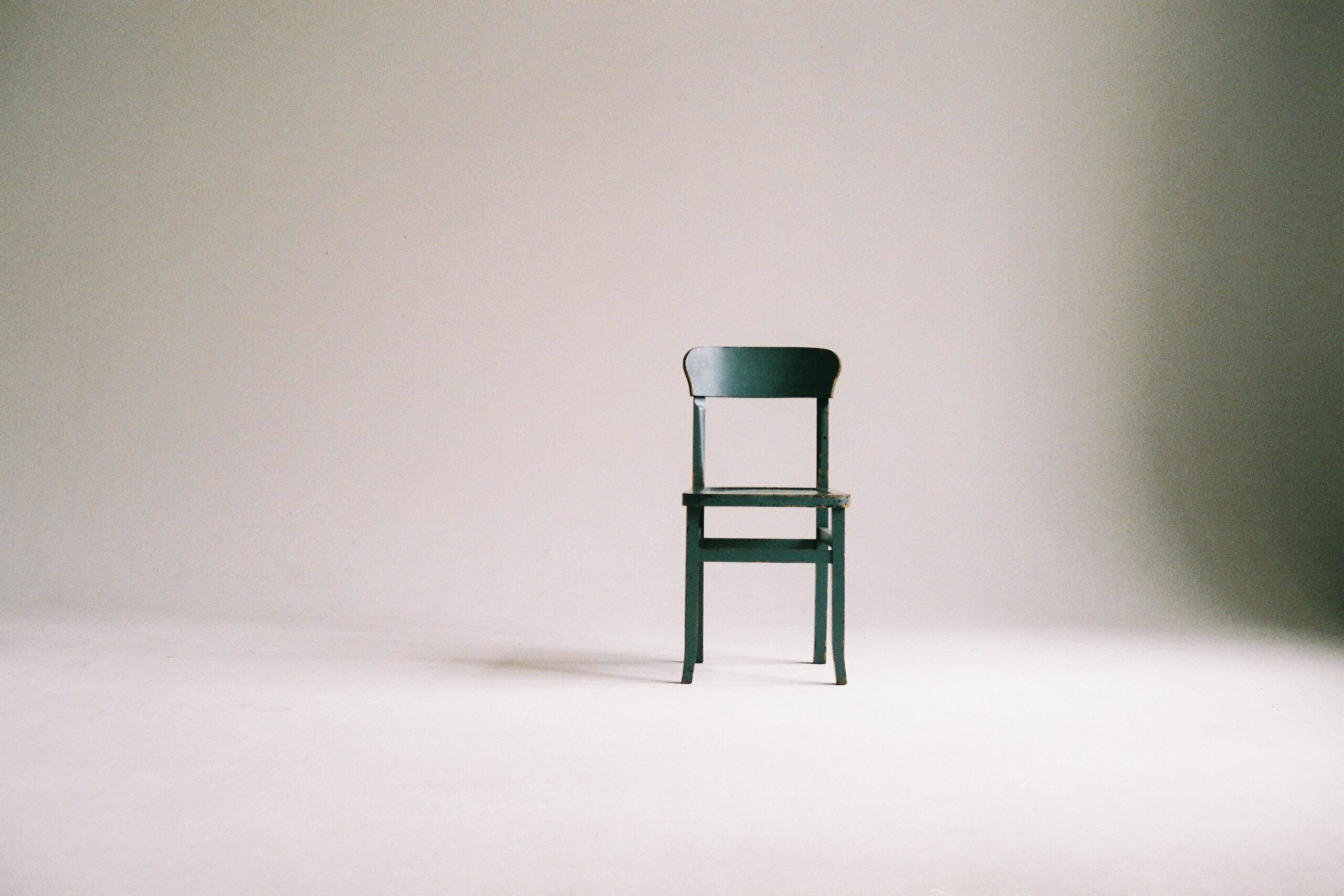In today’s era of overwhelming choice and endless possessions, the concept of minimalism stands as a refreshing counterpoint. As we find our living spaces increasingly cluttered with furniture we no longer need or appreciate, many Australians are discovering the profound benefits of embracing a minimalist ethos.
But what’s driving this shift towards less?
Decoding the Minimalist Appeal
At its core, minimalist interior design isn’t merely about owning fewer items, especially not just for the sake of it. It’s about intentionality. It’s about recognising what truly adds value to our lives and letting go of distractions that detract from it. Furniture, though functional, can sometimes be just that – a distraction. Spaces filled with items we hardly use can impact our mood, productivity, and overall well-being.
A Breath of Fresh Air
Imagine walking into a room with just the essential pieces of furniture. A calming sense of space welcomes you. There’s room to breathe, think, and move. Instead of navigating through a maze of old chairs, tables filled with clutter, or wardrobes bursting at the seams, you’re presented with an environment where everything has purpose. This is the allure of minimalism.
The Furniture Rubbish Removal Movement
Now, the real challenge arises when we decide to transition towards this lifestyle: what do we do with the excess furniture? This is where the increasing importance of a furniture removal comes in. Gone are the days when discarded furniture would just end up in a landfill. Today, there are environmentally responsible and efficient ways to handle unwanted items.
Recycling: Many parts of old furniture can be recycled. From the metal in our old bed frames to the timber in wardrobes, there’s potential for rebirth in every piece.
Donation: Charities and community organisations are always on the lookout for furniture in good condition. Donating can give your items a second life and help someone in need.
Reselling: With platforms like Gumtree or Facebook Marketplace, it’s easier than ever to find a new home for your gently used furniture, and maybe earn a bit in the process.
Rethinking Consumption
Embracing minimalism isn’t just about removal but also rethinking our consumption habits. It’s crucial to evaluate our purchases critically. Instead of impulsive buys that may result in buyer’s remorse, it’s about investing in quality pieces that last and truly resonate with our personal style.
Mindful Choices: The Role of Furniture in Our Lives
Every piece of furniture in our homes tells a story. The coffee table might be a memory of your first apartment, while the old recliner in the corner may have been your late grandfather’s favourite spot. Over time, as our tastes change and lifestyles evolve, these items might no longer align with our present needs. As a result, they occupy spaces without adding value.
The process of determining the place of each furniture piece in our lives requires introspection. It’s more than just deciding what fits and what doesn’t. It’s asking deeper questions. Do these items evoke joy or merely take up space? Do they serve a functional purpose, or are they remnants of a past we no longer connect with?
In our pursuit of minimalism, it’s essential to understand the role each furniture item plays. This phase of reflection can be an emotional journey, but it’s a vital step in creating living spaces that mirror our current selves. It’s not about erasing memories but celebrating them, all while paving the way for new stories and experiences.
The Takeaway
Minimalism, in essence, champions quality over quantity. It’s a clarion call to break free from the clutches of mindless consumerism and step into a more mindful and enriching way of living. As we gradually let go of the excess, we open up room – not just in our homes but in our hearts and minds. And in that newfound space, we discover the true essence of living more with less.
